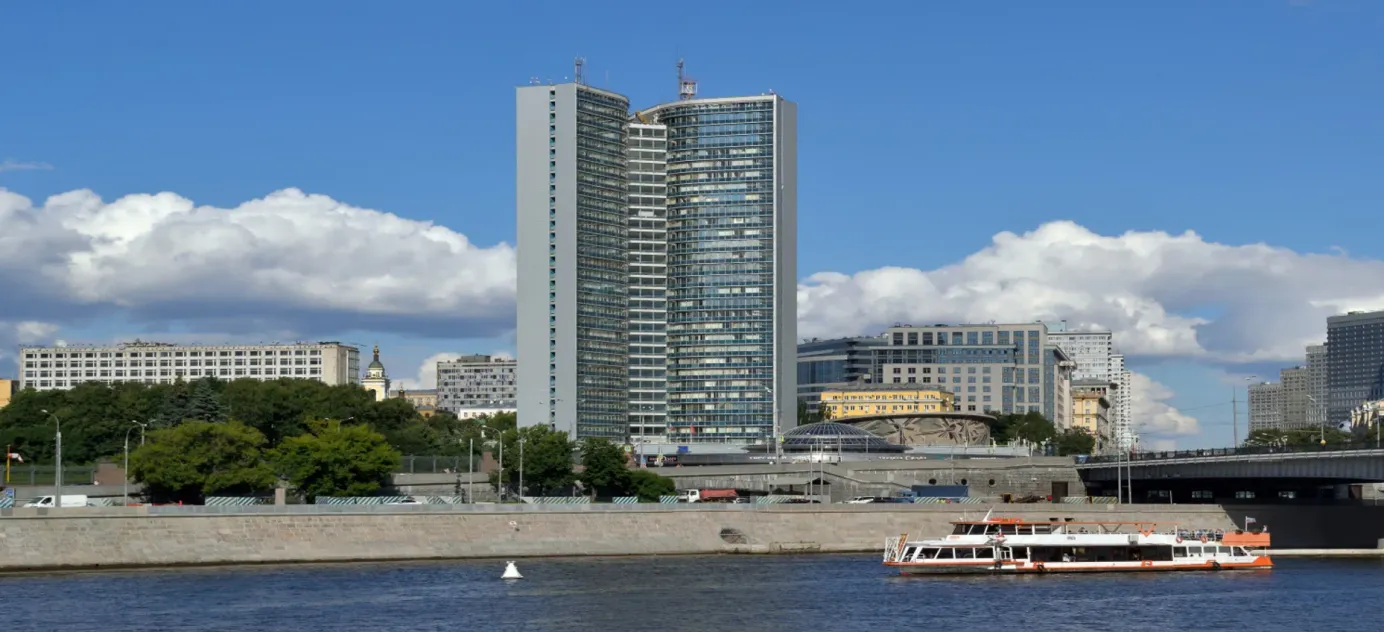
Moscow to demolish two Soviet architecture gems
Moscow has decided to demolish two famous landmarks of the Soviet period: the former building of the Council for Mutual Economic Assistance (COMECON) and the Great Moscow State Circus. Moscow's civic authorities have the right to pull down any building which, in their opinion, does not fit with the city’s aesthetics
- The COMECON building in the city centre is a Moscow landmark and a fine example of Soviet modernist architecture from the 1960s and 70s. Architectural historians regard the 105-metre structure as the apogee of Khrushchev-era design, perfectly integrated into its urban environment. It was Moscow’s most foreign building — in terms of materials, finishing and construction — since architects and designers from socialist countries across Europe worked together on the project. After the fall of the USSR, the “Book House” as it was known to Muscovites, was home to various organizations within the Mayor’s office.

- The authorities have not openly admitted that the building will be demolished; instead they talk of “renovation.” The official reason is that the building, which is not a protected historical monument, does not meet current “mechanical and fire safety standards”. The “renovation” will be carried out by God Nisanov, the “king of Russian real estate” and his business partner Zakhar Iliyev. It’s not yet known what exactly will rise from the rubble of the COMECON building. But an official familiar with Nisanov’s work summed up his tastes for an article in Proyekt: “Nisanov has an insatiable passion for shopping malls.”
- The Moscow authorities also decided to carry out “reconstruction” (i.e. demolition) of another modernist symbol — the Great Moscow State Circus on Vernadsky Avenue.

- Muscovites who are organizing a petition against the demolition, compared the architectural ensemble intended to replace it as a “psychedelic tent with a passing resemblance to a JBL speaker.”

Why the world should care:
There is no doubt that Moscow’s authorities can push through any project, no matter how monstrous, with no public discussion. Equally, during the current sanctions, it will be impossible to persuade any major international architect to work on the project.





